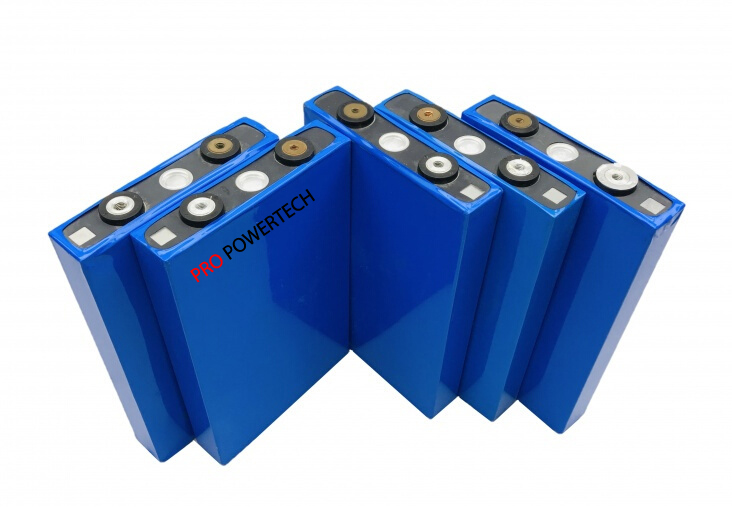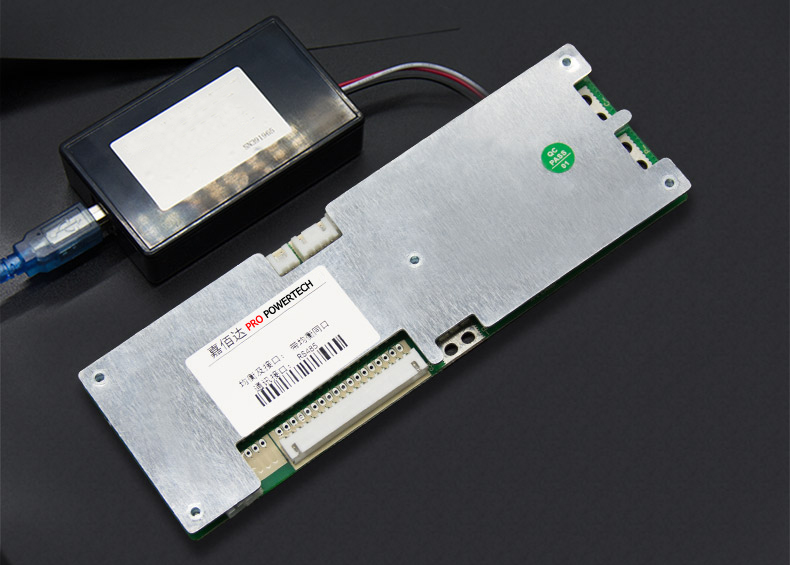

Lithium batteries have been around for years and it is no surprise that they have been subjected to various research and developmental projects. Many people have tried to improve lithium batteries by improving the electrical and chemical pro-cesses associated with the batteries. While the batteries have been improved significantly, they still work on a simple process. The most commonly found type of lithium battery cells is lithium-ion bat- teries. Let us have a look at workings of a typical lithium-ion cell. A lithium-ion cell is made up of four major parts:
•The cathode which is also known as the positive terminal
•Anode also known as the negative terminal
•Electrolyte
•Porous Separator
The cathode changes according to the type of the cell, however, all the cath- odes contain some compound of lithium. The anode is near about always made of graphite. In a few rare cases, it may contain traces of other elements. The electrolyte normally contains an organic compound of lithium ions to lithium salts. Lastly the porous separator functions as a separator that allows ions of lithium to pass through and separates the anode and cathode in the cell.
When the cell discharges, the lithium ions start moving to cathode from anode while passing through the electrolyte. This leads to discharging of the electrons
present on the anode side that ultimately powers the circuit and thus as a result, it powers any device or gadget connected to the circuit as well.

Mini Data Center
mini data center (MDC) is a smaller or containerized (modular) data center architecture that is designed for computer workloads not requiring traditional facilities. Whereas the size may vary from rack to container, a micro data center may include fewer than four servers in a single 19-inch rack. It may come with built-in security systems, cooling systems, and fire protection. Typically there are standalone rack-level systems containing all the components of a ‘traditional’ data center including in-rack cooling, power supply, power backup, security, fire and suppression. Designs exist where energy is conserved by means of temperature chaining, in combination with liquid cooling.